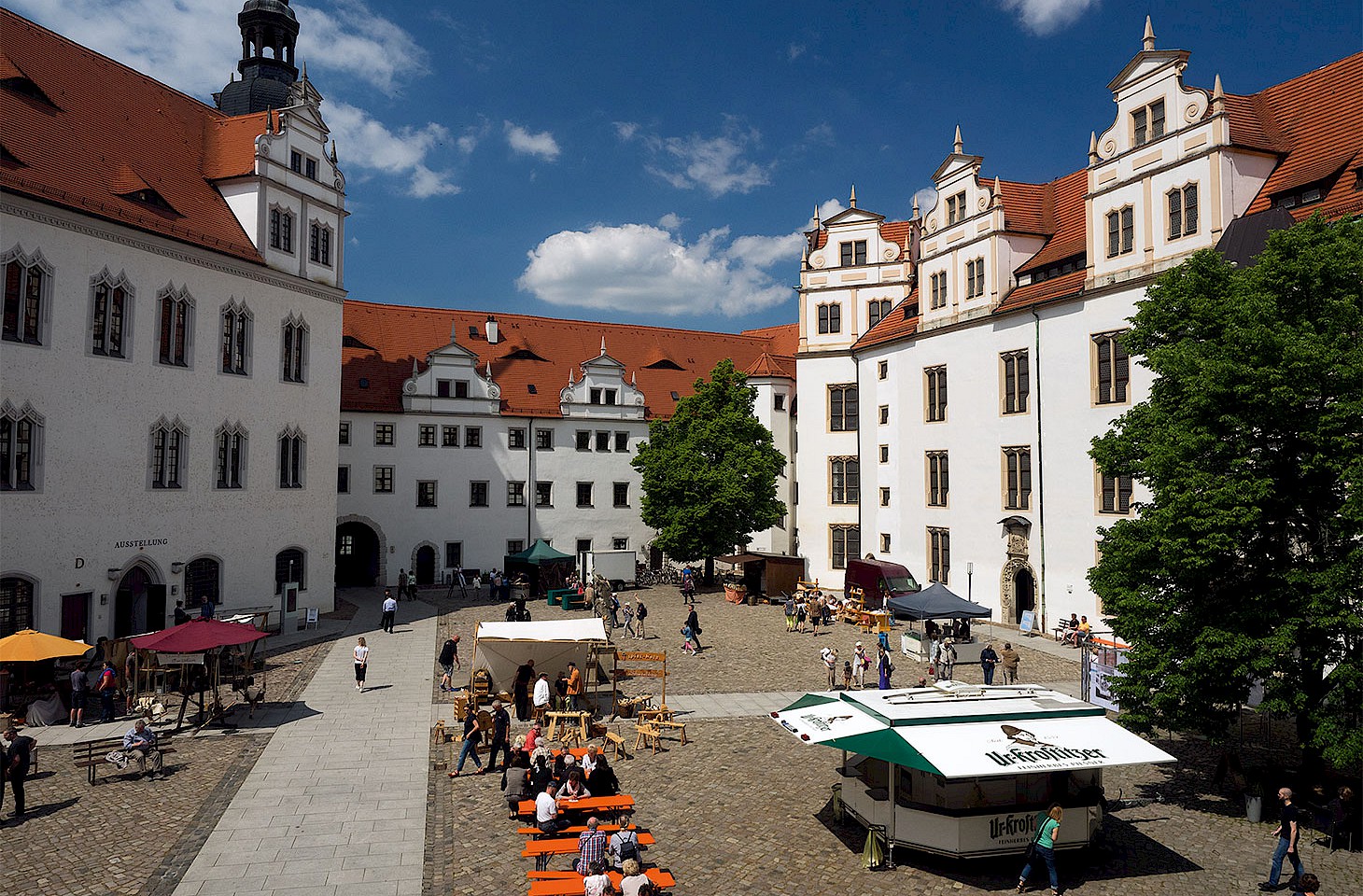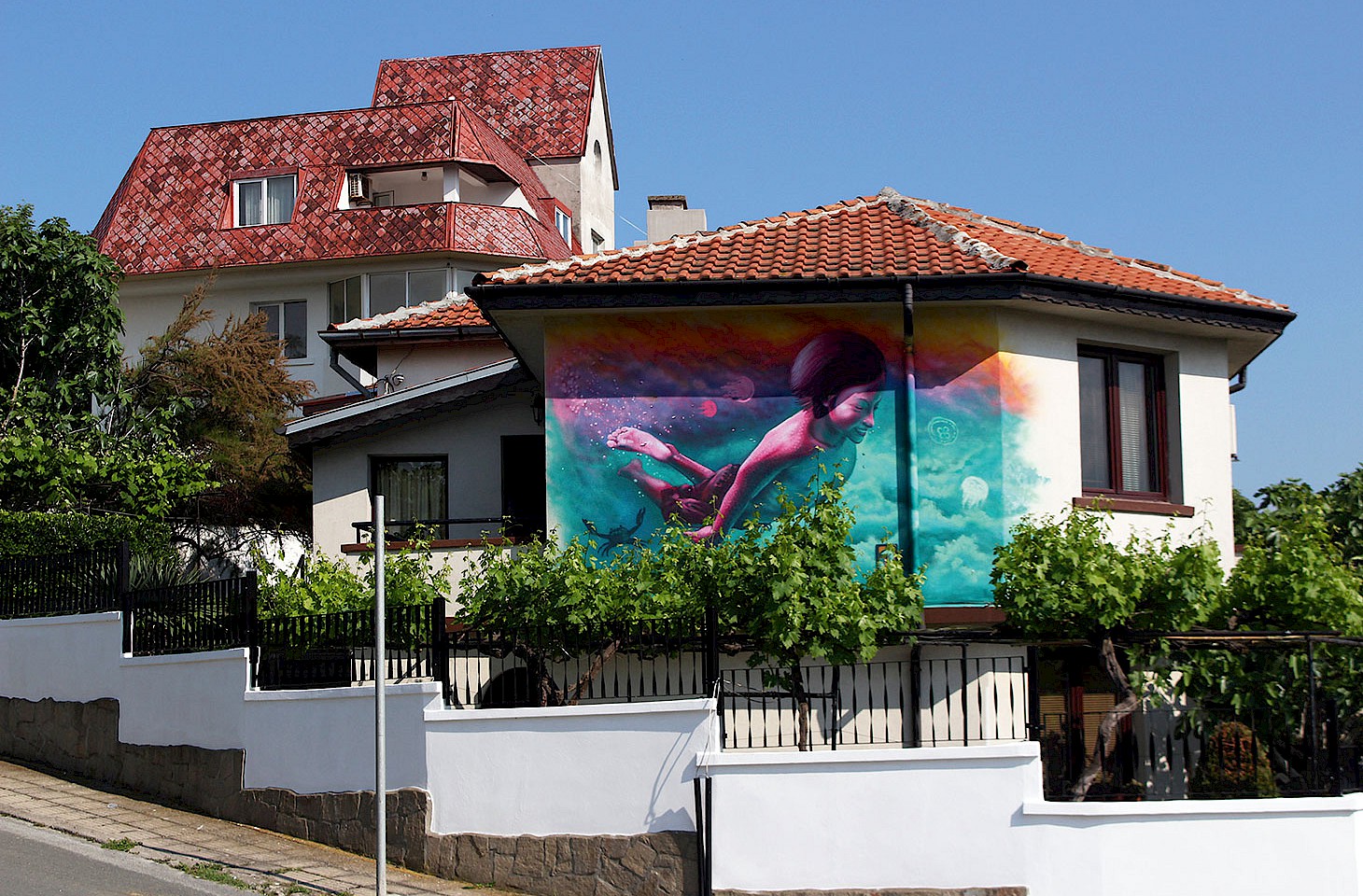Having little to do during the long winter evenings, we decided to bone up on the organisation of local government in the Netherlands. There are probably not a lot of folk outside the Netherlands who know that the country has 406 administrative subdivisions (gemeenten or bijzondere gemeenten). Among them there are three mighty municipalities, each with over half a million inhabitants: Amsterdam, Rotterdam and Den Haag. At the other extreme there is the municipality of Schiermonnikoog, a windy island off the Frisian coast which is the least densely populated of any Dutch municipality and the only one to have a population of less than a thousand.
Still with us? The really fascinating detail which we discovered was that three of these 406 Dutch administrative units use the United States dollar as their official currency. Having always perceived our Dutch neighbours to be fully committed to Euroland, it came as something of a shock to discover there is a part of the Netherlands where you can buy pancakes with a greenback.




